The India and the European Union (EU) Free Trade Agreement (FTA) appear firmly on the track to complete their year -end deadline to end the dialogues.
The talks are progressing against the backcrop of the pressure given by us. Washington’s approach under President Donald Trump has indicated a change in the international order, encouraging the European Union and India to cement reliable coalition and stable trade participation.
European Trade Commissioner Maros Sefkovic said, “Now we are maximizing our efforts to finalize the conversation by the end of the year.”
Indian Commerce Minister Piyush Goyal was equally optimistic: “India and the European Unions are complementary to one other and provide excellent opportunities on both sides.”
Following the creative talks with Goyal, the Commissioner of Agriculture and Food Christof Hansen emphasized the commitment to secure a balanced European Union FTA, which distributes to people, farmers and businesses of both sides, “highlighting the central role of agriculture in talks.
Although the talks are moving towards the Finnish line, Gulshan Sachdeva is alert for an European Union expert from Jawaharlal Nehru University.
“While the statements of the two sides reflect increasing optimism, the India-EEU trade deal is not done until it is really a company,” Sachdeva told DW.
The interaction between the FTA between India and the European Union began again in 2022, almost a decade after the initial attempts in 2013. In the last two years, the 14th place has a 13-round conversation, which took place with the 14th schedule in Brussels between 6–10.
Strategic relations between India and the European Union?
For India, obtaining this FTA means tariff-free entry for major exports, reducing dependence on unstable American markets and increasing their height as Europe’s primary Asian partner.
And for the European Union, sealing the deal brings variety in supply chains, secure agricultural and technical trade and strengthen its geopolitical leverage in Indo-Pacific.
Experts explain that the time of talks has bet, American protectionism and new, strong export routes are needed with India.
The US has affected 50% of tariffs on goods from India, including 25% fine for continuous purchase of Russian oil.
It is estimated that the current tariffs may affect the US about 87 billion dollars (€ 74.7 billion) of the US half of the annual exports in the US.
“In the current stages, transfer of global and Asian geopolitics by the Trump administration by the weapons of tafs, pushing both towards compromising both,” said Sakhdeva.
Anil Wadhwa, a former Indian diplomat, told DW that Trump’s tattifies have created unexpectedness and incredibility in the Indo-American trade partnership and erased the trust, creating a chess that will take a long time to fill.
Wadhwa said, “Indian laboratory-intensive industries require diversification to maintain jobs at the lower ends for a long time. In addition, India-EEU has a lot to achieve a lot from business relations. Investment flows and manufacturing are part of the package,” said Vadhwa.
He suggests that the European Union is looking at its prediction, size, democratic similarities, law governance and data regime, artificial intelligence and similar attitude on data issues to diversify and enter the Indian market.
A feeling of urgency to seal FTA deal
Umu Salma Bawa, president of the Center for European Studies and Chairman of Jean Monet at Jawaharlal Nehru University, told DW that the visit of European Commission Chairman Ursula von Der Leyen in February underlined the spirit of urgency.
Leyen said in his speech that it was time to take time [India and the EU’s] Partnership “to the next level” to face “their safety, prosperity and” general global challenges.
Bawa said that the visit of German Foreign Minister Johann Wadeful this month gave more speed to the talks. He pointed to an unprecedented level of political engagement between the two sides – a clear indication for the political pressures triggered by Washington under Trump.
What was another delegation of the European Union’s Political and Safety Committee (PSC) in 2026 What was in India last week to discuss major foreign policy, security and defense-related matters led by the European Union-India Summit.
Sachdeva said, “Europe has been, and will be, is a prominent partner in India’s Ambitios modernization journey through trade, investment and technology.”
“At the same time, India’s large and expanded economy, along with many globally competitive sectors, holds a strong appeal to Europe,” Hey said.
According to the European Commission, the European Union is currently India Second largest trading partnerLast year with trade in goods of € 120 billion, or 11.5%of India’s total trade.
Sticking for India and European Union
However, the conversation between India and the European Union remains “challenging,” because they are “difficult bargaining,” according to Sachdeva.
The European Union is demanding tetf cuts on vehicles, alcohol, souls and dairy products, where India focuses on gaining market access to extended markets for its textiles, pharmaceuticals, steel and petroleum products.
Former diplomatic Wadhwa stated that a glued point is the Carbon Border Adjustment Mechanism (CBAM) of the European Union – a new carbon tetf system that requires paying for carbon emissions generated in the production of some goods such as steel, fertilizer, aluminum and electricity to importers.
He said, “It is important for the access to the market, to solve the market, to unlock the amount of business, the safety of the Indian industry, and ensure the climate goals of the European Union does not wrongly punish Indian exporters,” he said.
Bawa reported that DWA Brachthrrow is expected in the auto sector, European car manufacturers achieved more access to the Indian market, while Indian companies increased access to European markets for automobile parts.
Mohan Kumar, a former French Indian envoy, explained that both the European Union and India are trying to reduce the geopolitical risks arising from TAFT of Trump and to reduce the transaction approach to foreign policy.
The US leader re -extended the former this month, asked the European Union to put 100% Tarats on India as well as to pressurize Russian President Vladimir Putin to end the war in Ukraine to fail Trump.
Kumar said, “There is a strategic convergence between the two players to achieve the FTA before the end of this year.”
Edited by: Carl Sexton
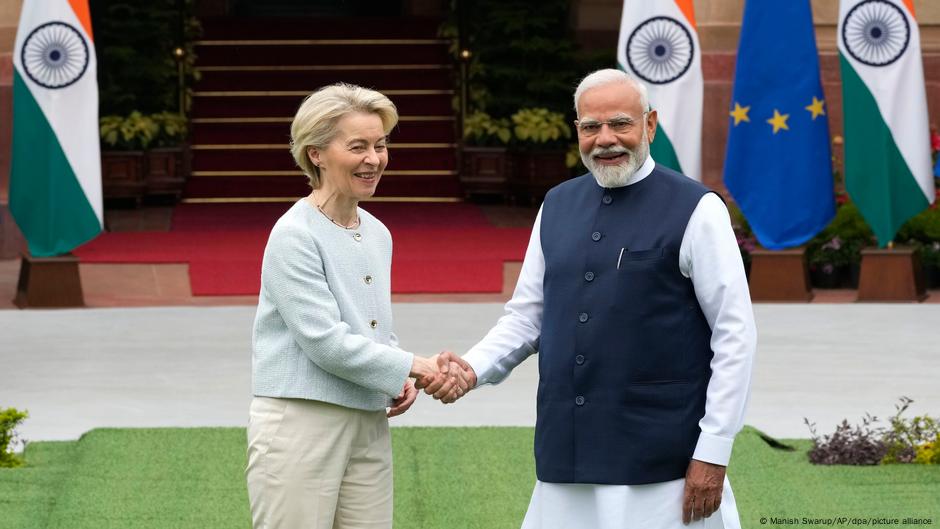
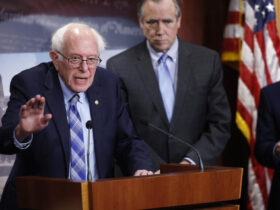
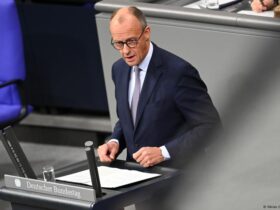
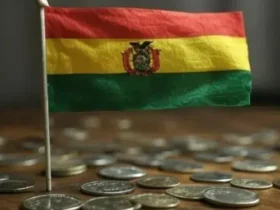

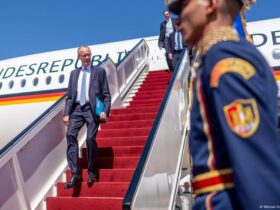
Leave a Reply